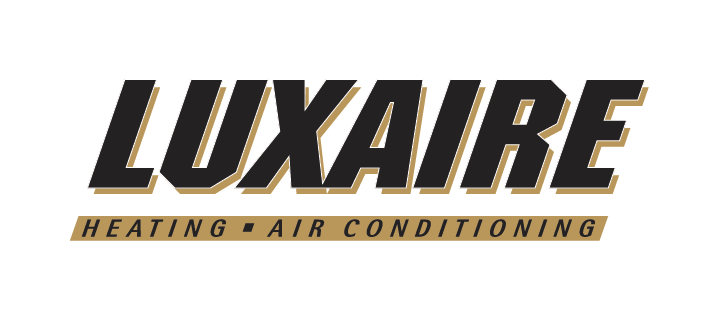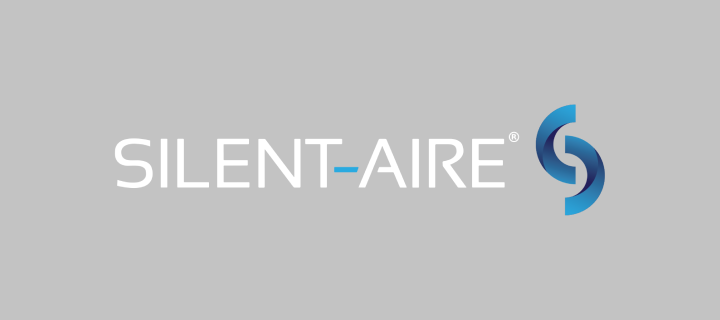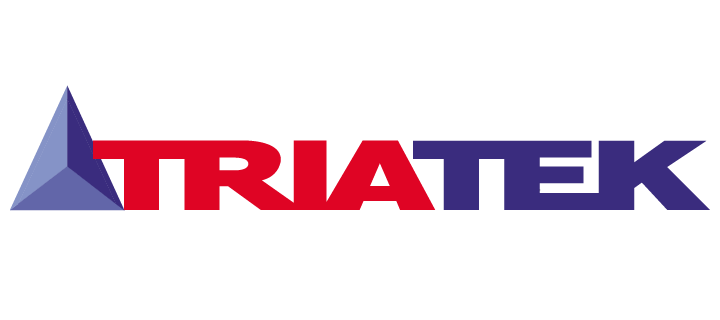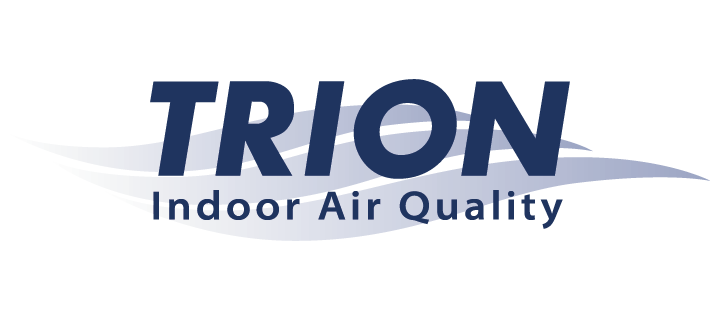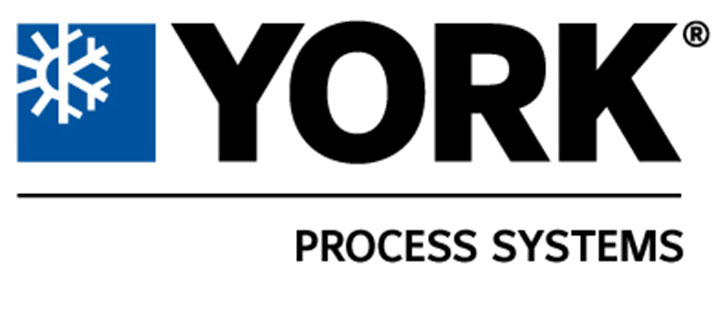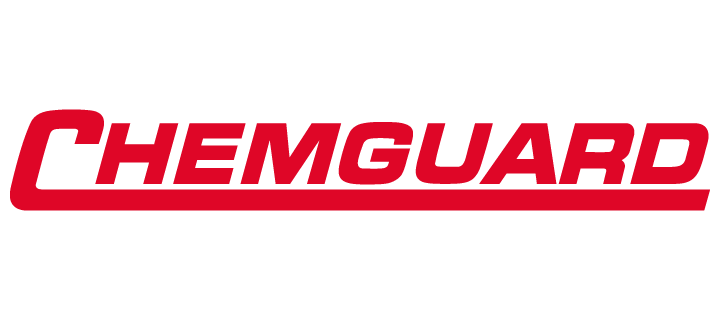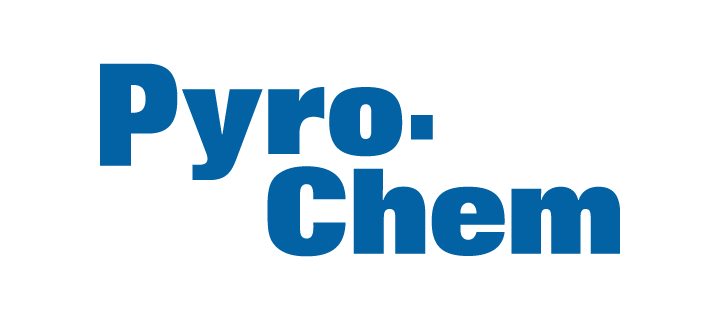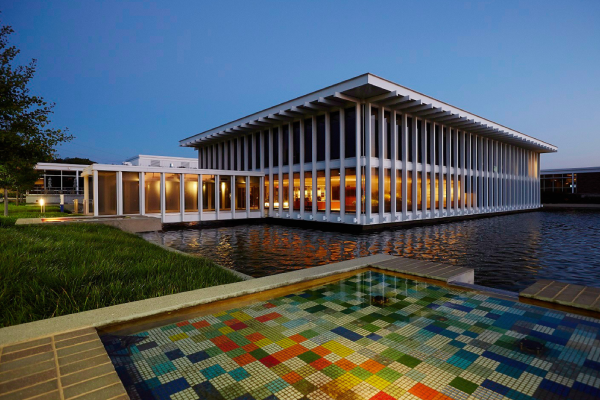Efficiency vs. Ventilation: A Balancing Act
Roughly four decades ago, sick building syndrome (SBS) became a concern for both residential and commercial building occupants across the globe. Sick building syndrome described a phenomenon in which people who spent time in buildings would develop health conditions resulting in symptoms that included dizziness, nausea, headaches, eye, nose and throat irritation, fatigue and more. While the exact cause of SBS remains uncertain, there is widespread agreement that indoor air quality has the greatest impact on the problem. In fact, with nearly one-third of post-war buildings being subject to complaints related to indoor air quality, in 1984 the World Health Organization (WHO) released a 484-page report specifically about indoor air quality (IAQ).
The Ventilation Challenge
American Society of Heating, Refrigerating and Air-Conditioning Engineers (ASHRAE) Standard 62.1 provides guidelines to help minimize the potential adverse health effects that can occur from poor indoor air quality. Although the specific requirements vary by location and the design of the building in question, the standard provides minimum ventilation guidelines to help minimize the potential adverse health effects that can occur from poor indoor air quality.
Unfortunately, when outdoor air is introduced into a building’s HVAC system to improve air quality, an equal amount of treated air must be exhausted to the exterior of the building to maintain proper system balance. The incoming air must then be heated or cooled and dehumidified to the requirements of the building or occupied space, which impacts the system’s efficiency as outdoor air is introduced.
The Impact of Standard 62.1 on Rooftop Unit Design
While ASHRAE Standard 62.1 provides minimum ventilation guidelines to help minimize the potential adverse health effects that can occur from poor indoor air quality, meeting these standards often involves trade-offs balanced between fresh air requirements and energy efficiency goals. To minimize the impact of ventilation on energy use with rooftop units, two main strategies are typically considered:
1. Energy recovery wheels (ERWs): Using ERWs or counter-flow heat exchangers can bring the incoming ventilation air closer to the desired temperature and humidity conditions.
2. Demand controlled ventilation (DCV): Matching ventilation to the actual occupancy of each treated zone can reduce the overall ventilation requirements and save energy. This method requires either occupancy tables or occupancy sensors to determine fresh air requirements.
Indoor air quality requirements under ASHRAE Standard 62.1 can significantly impact rooftop unit design and overall building energy use. To learn more about the trade-offs between maintaining indoor air quality, ventilation and energy efficiency, download your free copy of the complete Variable Air Volume (VAV) Application Guide for Rooftop Units.





